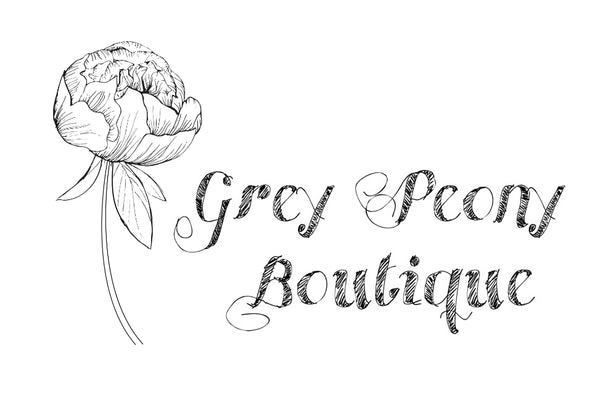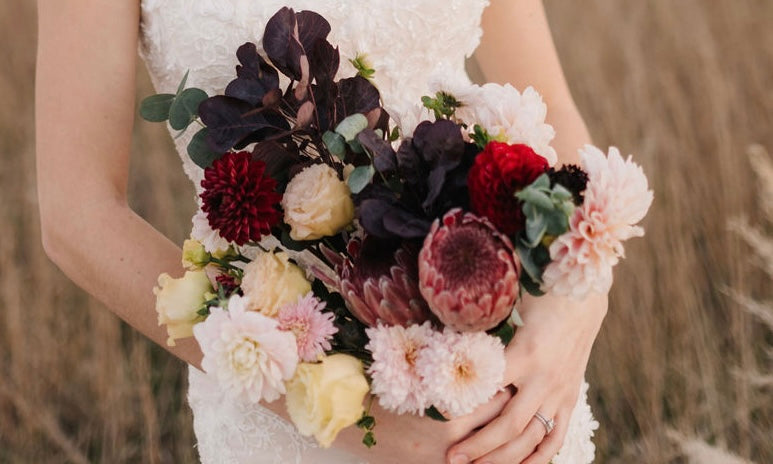Every detail of a wedding carries meaning, and the bridal bouquet is no exception. This beautiful tradition has deep roots stretching back to ancient times and has evolved into the beloved custom we see at weddings today.
From Protection to Beauty
Originally, bouquets weren’t just decorative—they were considered protective charms. In ancient Egypt, Rome, and China, brides and grooms carried garlands and bouquets of herbs and flowers to ward off evil spirits and attract happiness and prosperity. During the Middle Ages in Europe, bouquets made of mint, dill, and lavender were popular, as their strong scents were believed to protect the bride and ward off envy.
Over time, bouquets became not only symbols of protection but also a way to enhance the beauty and elegance of the wedding, representing freshness, romance, and personal style.
Why Brides Toss Their Bouquets
The tradition of tossing the bouquet originated in medieval England. It was believed that the guest who caught the bride’s bouquet would receive a bit of her luck. By the 19th century, during the Victorian era, young women would actually compete for the bouquet, since catching it was said to mean they’d be the next to marry.
Today, tossing the bouquet is more of a fun, symbolic gesture. It’s a way for the bride to pass on good luck to her friends, create joyful memories, and capture a classic photo moment.
A Modern Perspective
Modern weddings keep the magic of this tradition alive, turning it into a joyful and heartwarming ritual. The bouquet toss connects past and present, love and friendship, charm and celebration—all in one simple, elegant gesture.

